
Bots vs Bills: The Rise of RPA in Medical Billing
Intensifying workloads, intricate regulations, and ever-shifting healthcare landscapes are pushing medical billing departments to the…
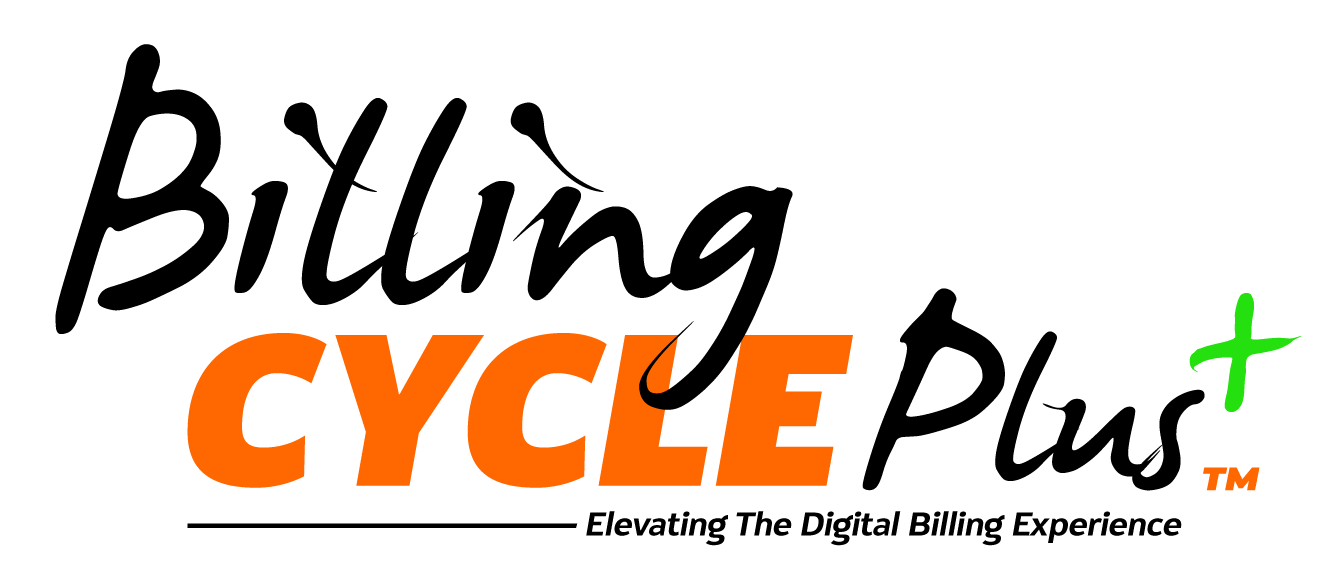
Press Release: MailMyStatements Revolutionizes Healthcare Billing with Cloud-Based Patient Communication & Collection Tools
MailMyStatements Revolutionizes Healthcare Billing with Cloud-Based Patient Communication & Collection Tools MailMyStatements’ new BillingCylce Plus…

Adapting to Healthcare Billing Regulation Shifts
The dynamic healthcare landscape necessitates continuous adaptation within the medical billing industry. Maintaining a comprehensive…
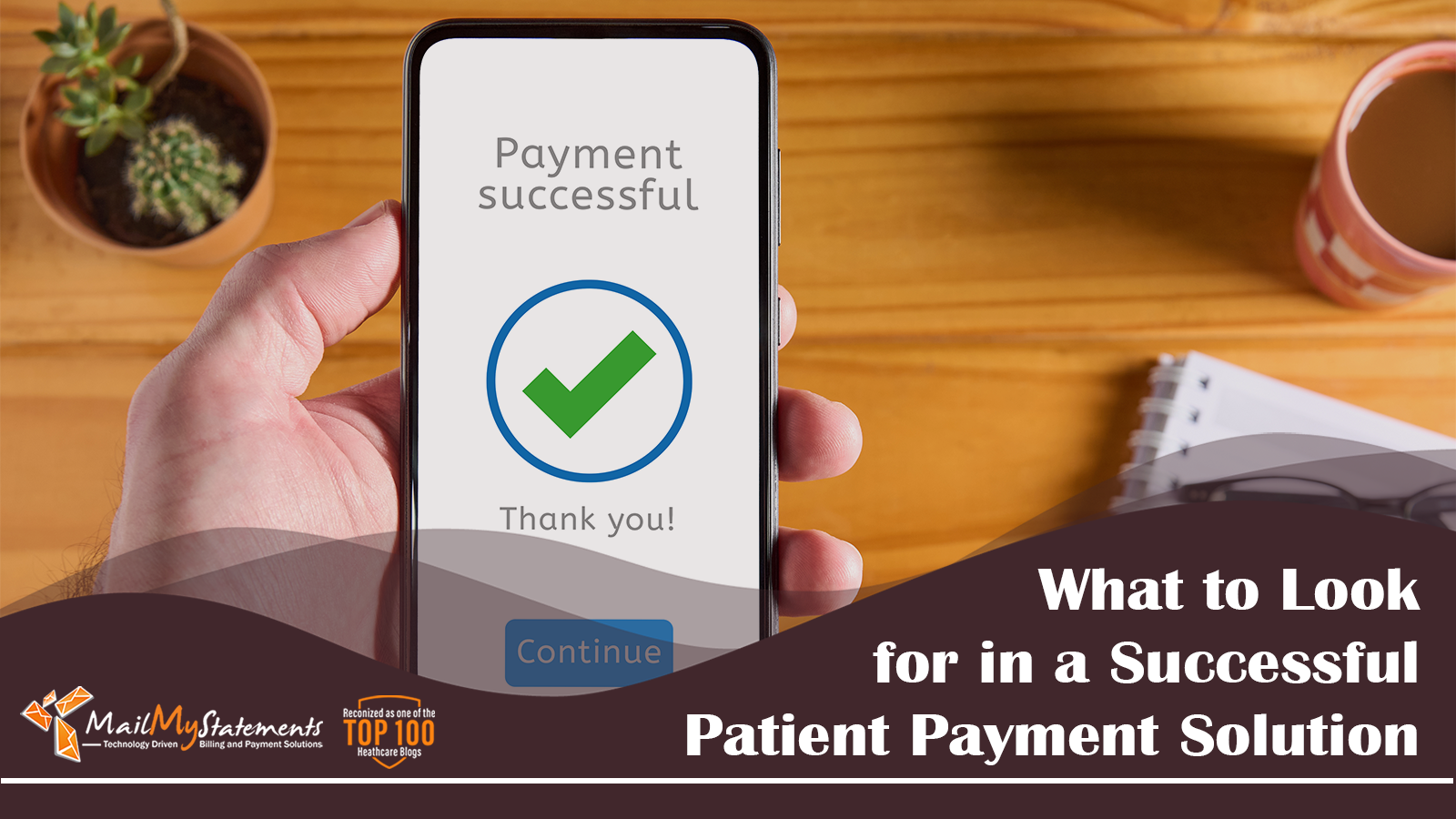
What to Look for in a Successful Patient Payment Solution
Limited staffing resources pose a significant challenge for the healthcare industry, particularly in patient billing…
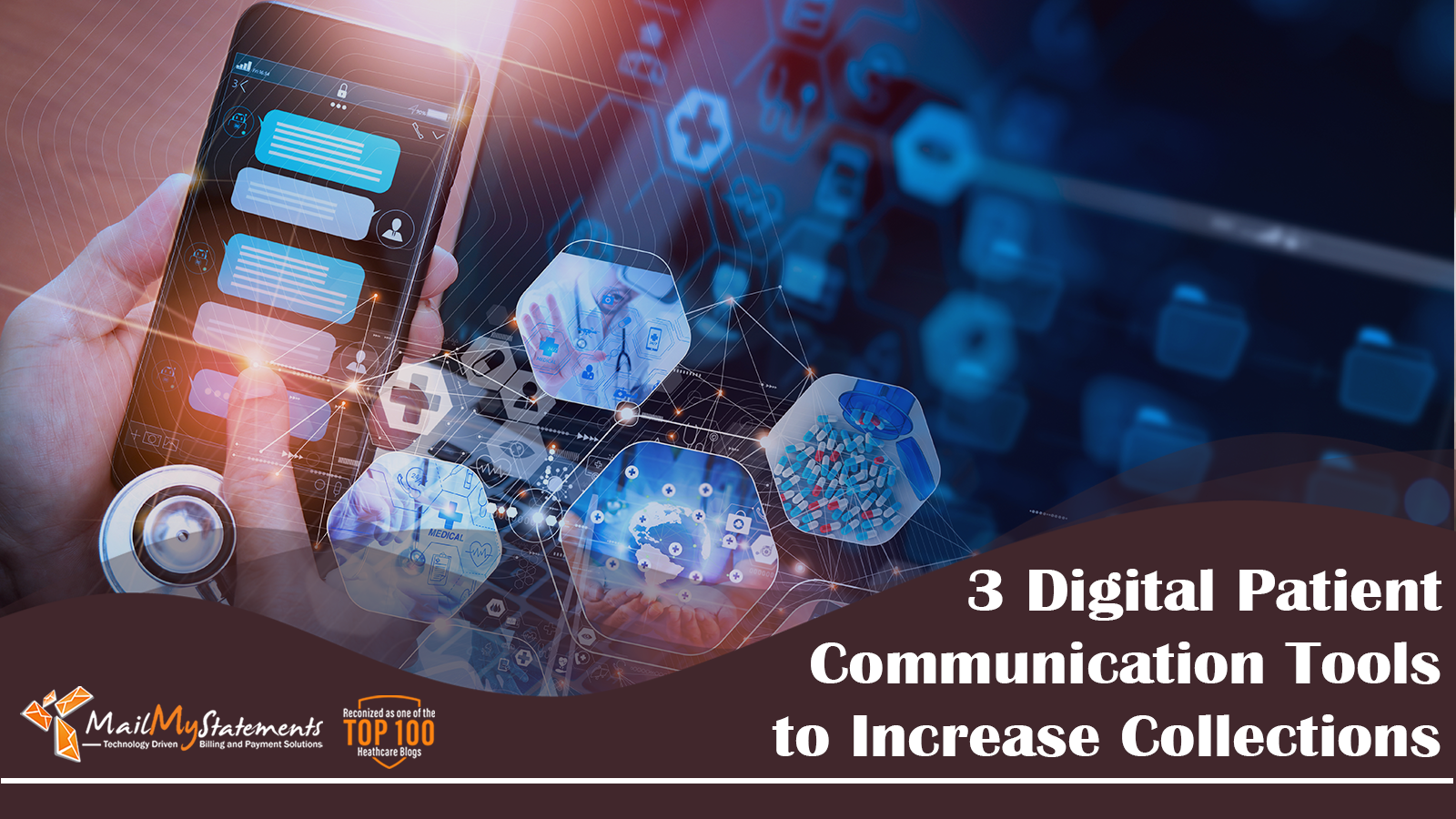
3 Digital Patient Communications Tools to Increase Collections
In today's fast-paced world, patients expect convenience, transparency, and personalized experiences – even when it…
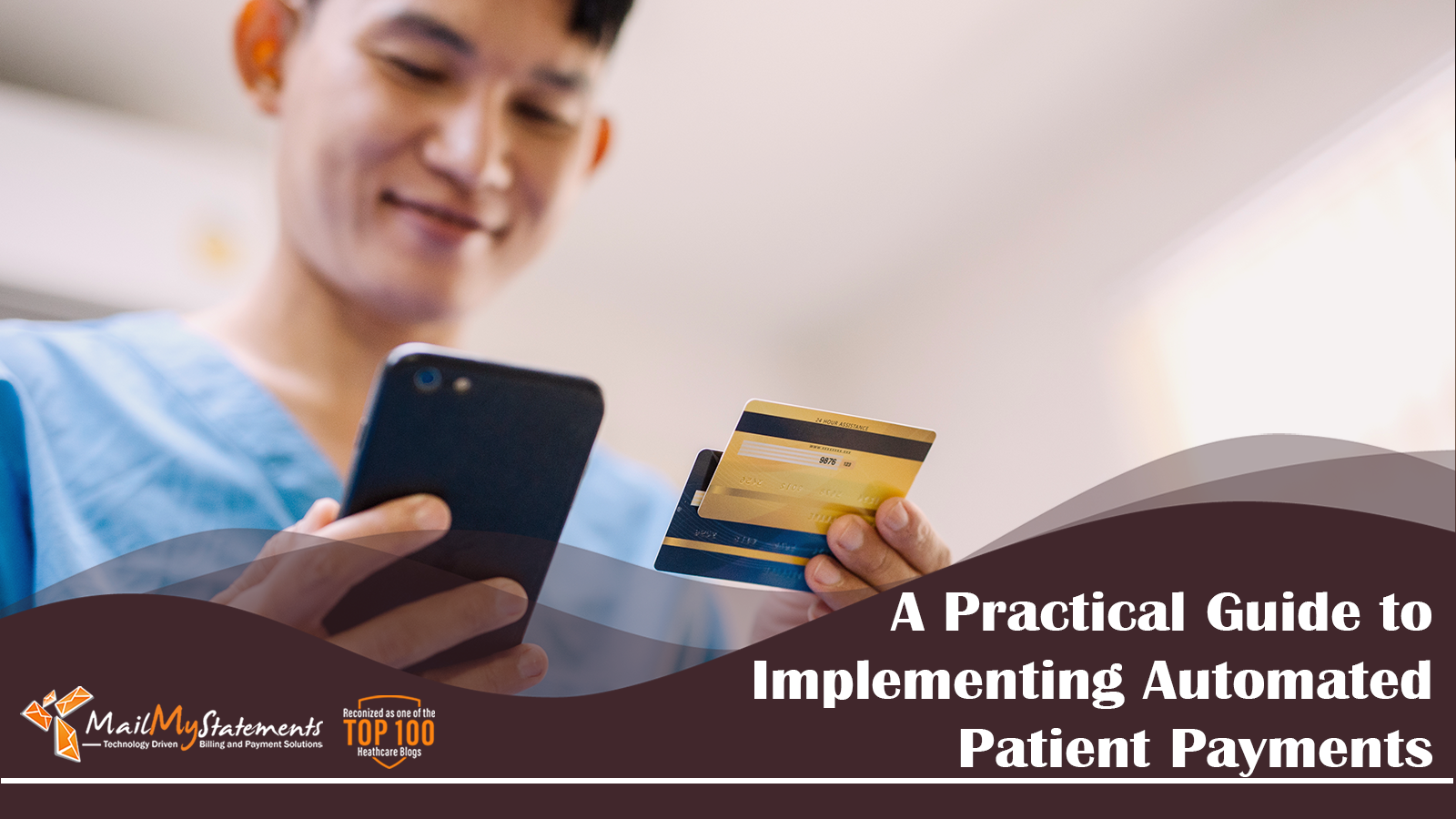
Ditch the Delinquencies: A Practical Guide to Implementing Automated Patient Payments
The human touch in medical care is paramount, yet certain aspects like billing thrive on efficient…

8 Trends in Healthcare Billing for 2024
With a new year on the horizon, it's a good time to look ahead at…

5 Ways Outdated Healthcare Billing Hinders Patient Care
Skipping investments in new healthcare billing systems? There’s a price for that. While it may…

7 Major Challenges Facing the Healthcare Industry in 2024
The healthcare industry is facing many changes that pose new challenges to medical organizations big…

How to Optimize the Patient Payment Collections Process
The healthcare industry is turning to automation to solve a number of problems related to…
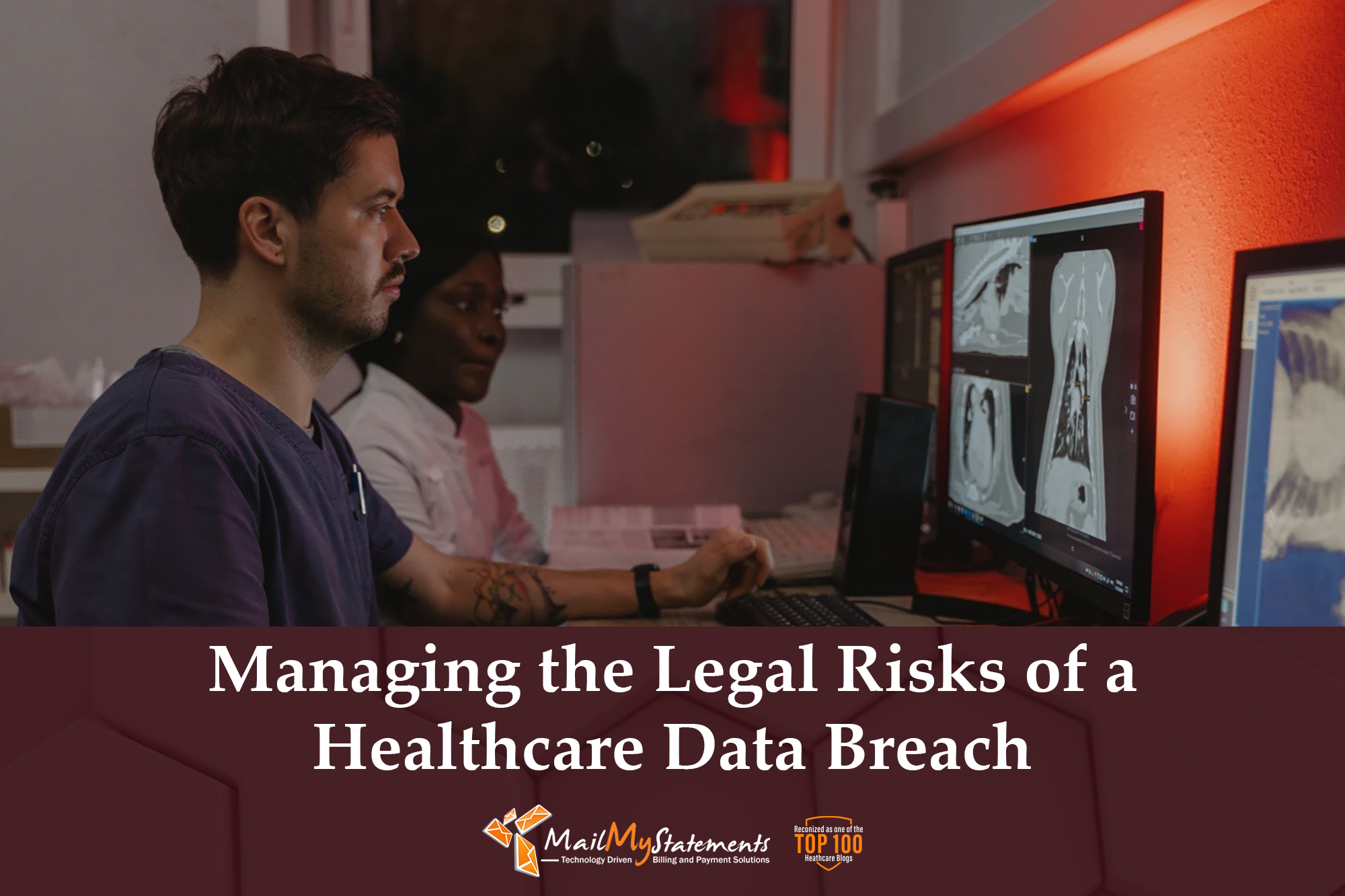
Managing the Legal Risks of a Healthcare Data Breach [Guest Post]
Cyberattacks are common across different industries, including healthcare. This puts critical personal and medical information…
